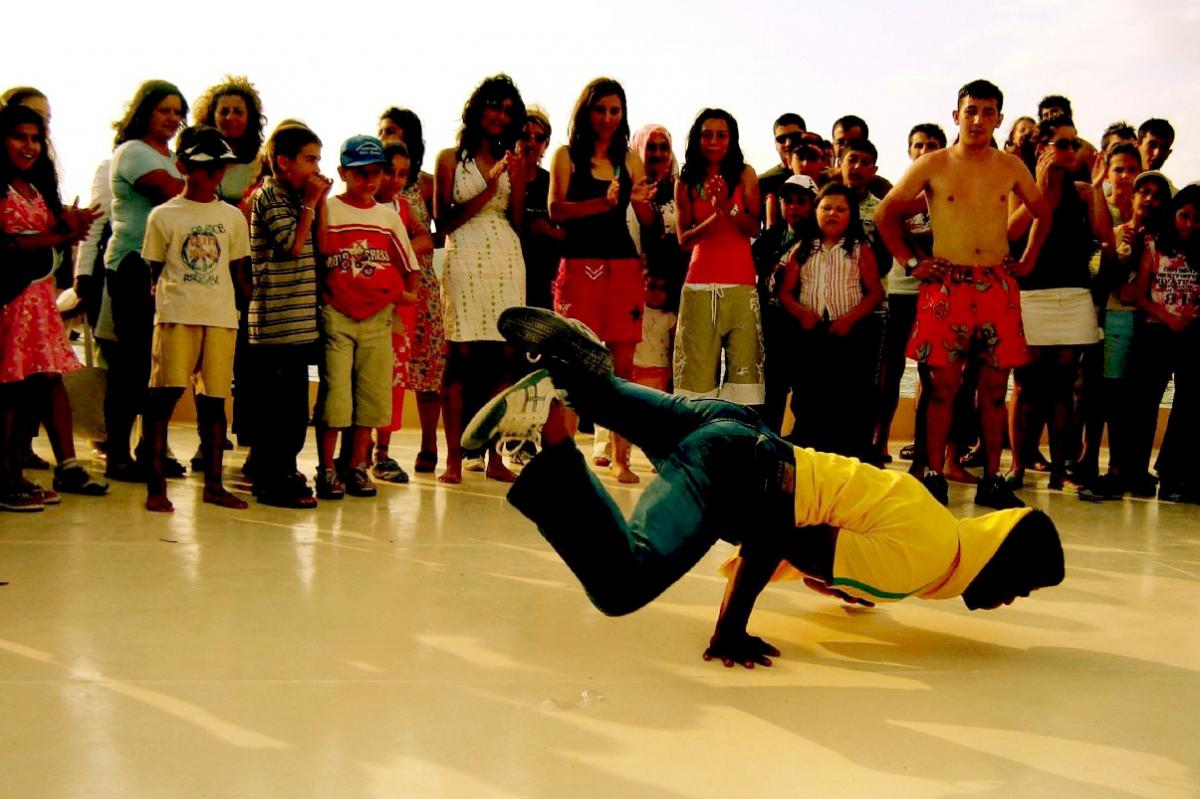D: Hey Yaël, are you coming to my dance party tonight?
Y: I’ve love to, but unfortunately, I can’t dance.
D: Everybody can dance! What’s more, our dance moves are something like a fingerprint—we all dance in a unique way that’s the same regardless of what music we’re dancing to.
Y: Really? I’ve never noticed that when watching people dance.
D: It surprised researchers too. They were originally doing a study testing whether a computer could guess what genre of music an individual was dancing to. Researchers played different music genres, including blues, country, electronica, jazz, metal, pop, reggae, and rap for 73 participants and told them to move in any way that felt natural. The computer algorithm was only able to correctly guess the genre 30% of the time. But that’s not because the computer wasn’t clever; researchers realized that it could correctly guess which of the 73 individuals was dancing an impressive 94% of the time. Researchers realized this meant that people have an individual way of dancing, and they dance this same way to all genres of music. Some genres, though, had a stronger effect on people’s dance moves than others. When participants were dancing to heavy metal music, the computer was less accurate in identifying the individual who was dancing. Researchers think this is because there’s a strong cultural association between metal and certain dance moves, like headbanging, so most participants danced in a similar way and the computer was less able to identify them.
Y: I wonder if I’d be able to guess as well as the computer algorithm. Maybe I’ll come to your party and try it out.
D: See you there!










